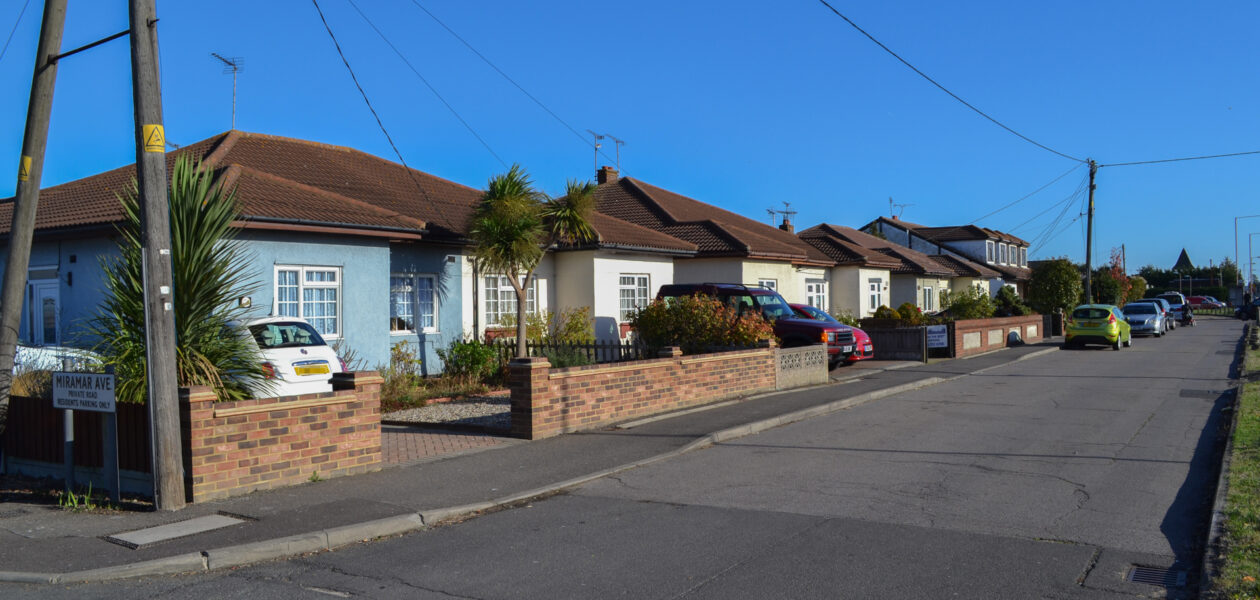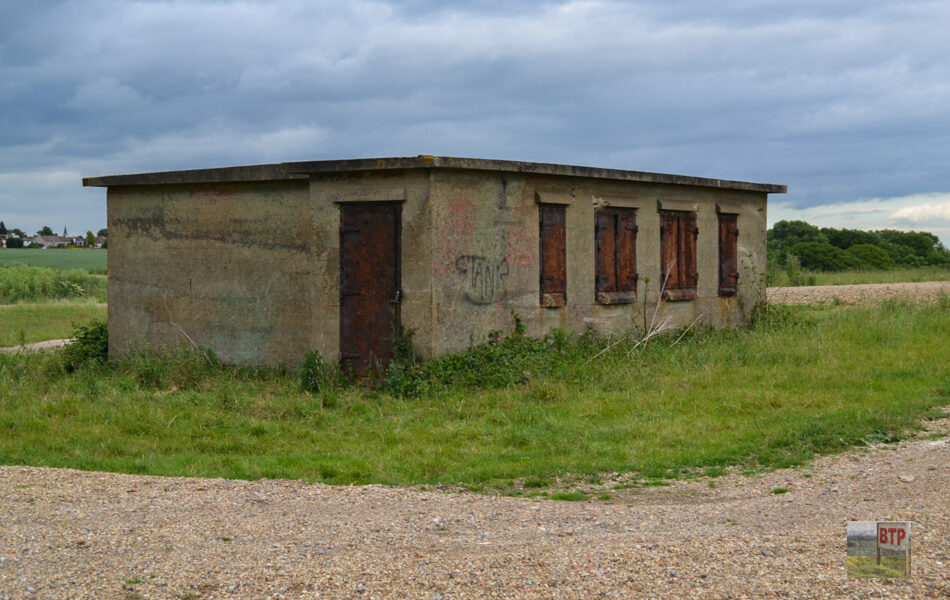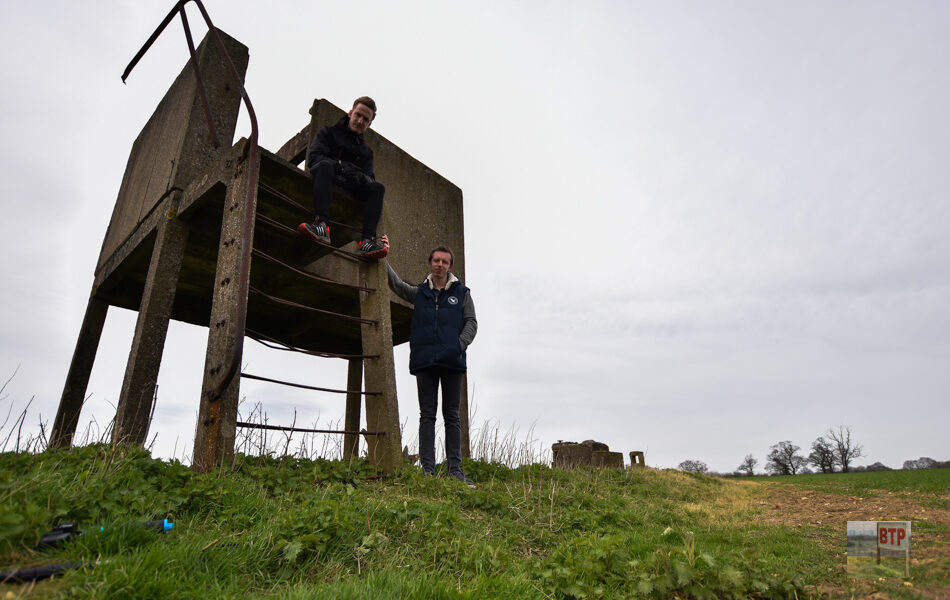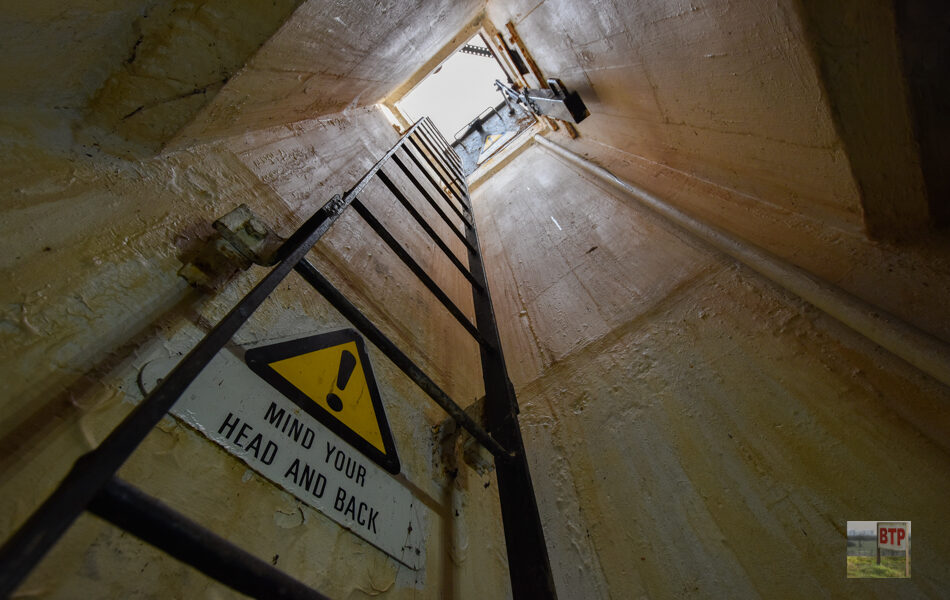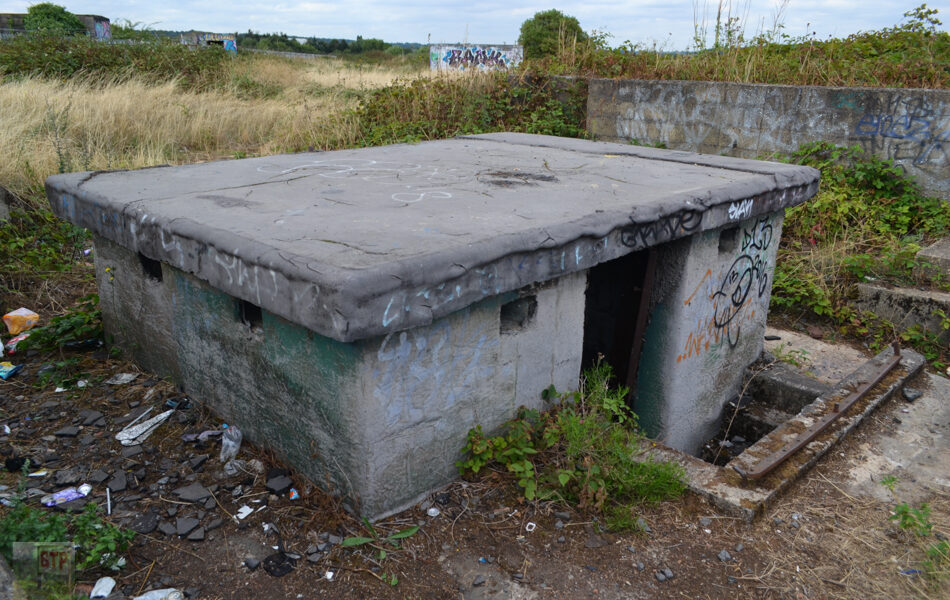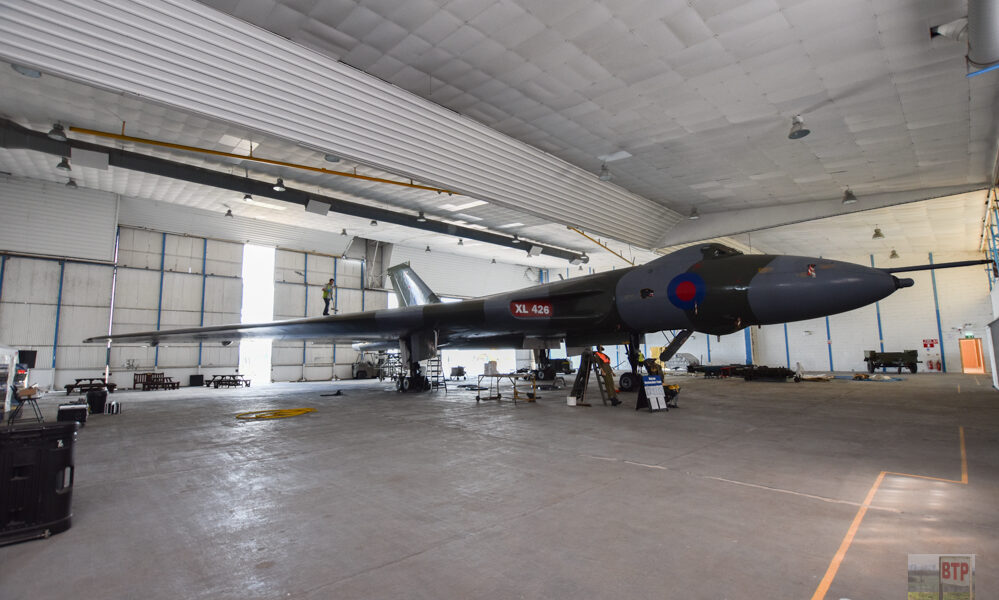The Atomic Bungalows
Walking past these bungalows you wouldn’t think anything of them – they’re just someone’s average home, but the buildings are far from average, they were supposedly built to withstand an atomic explosion. Following the end of the Second World War, in 1946, plans were submitted to build ‘atomic bungalows’ on Canvey Island. Whilst this was…
View More
